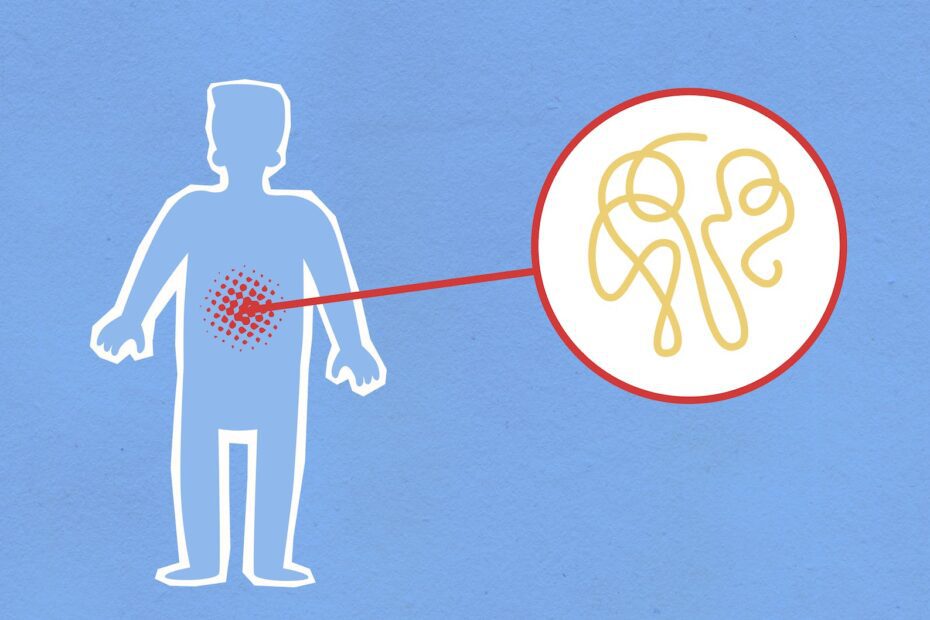Chafing Unmasked: Understanding, Preventing, and Treating Chafing – Your Ultimate Guide!
This article serves as your ultimate guide to understanding, preventing, and treating chafing. Chafing is a common skin condition that can cause discomfort and irritation. By learning about the causes, symptoms, and effective remedies for chafing, you can ensure that your skin remains healthy and comfortable.
Through this comprehensive guide, you will gain insights into the various factors that contribute to chafing. Friction, moisture, and certain fabrics are the common culprits behind this skin condition. By understanding these causes, you can take practical steps to avoid chafing in different situations.
Furthermore, this guide will provide you with valuable information on preventing and treating chafing. From choosing the right clothing to using lubricants and moisturizers, you will discover effective strategies to protect your skin and alleviate chafing symptoms when they occur.
Causes of Chafing
Causes of Chafing
Chafing is a common skin condition that can occur in various situations. Understanding its causes is crucial in preventing and alleviating discomfort. The primary factor contributing to chafing is friction. When two surfaces rub against each other repeatedly, such as during exercise or wearing ill-fitting clothing, it can lead to irritation and inflammation of the skin.
Moisture is another common cause of chafing. Sweat, rain, or excessive humidity can create a damp environment on the skin, making it more prone to friction and irritation. Certain fabrics, such as rough or coarse materials, can also contribute to chafing by rubbing against the skin.
To avoid chafing, it is essential to minimize friction and moisture. Choose clothing made from breathable and moisture-wicking fabrics, like cotton or synthetic blends. Applying a lubricant or anti-chafing balm to areas prone to friction can provide a protective barrier. Additionally, maintaining good hygiene and keeping the skin dry can help prevent chafing.
By understanding the causes of chafing and implementing preventive measures, you can ensure your skin stays healthy and comfortable, even in situations where chafing is more likely to occur.
Preventing and Treating Chafing
Preventing and Treating Chafing
Chafing can be a bothersome and painful condition, but fortunately, there are effective methods for preventing and treating it. By following a few simple strategies, you can protect your skin and alleviate chafing symptoms when they occur.
1. Choose the Right Clothing:
- Opt for breathable and moisture-wicking fabrics that reduce friction and keep your skin dry.
- Avoid tight-fitting clothes that can increase friction and irritation.
- Consider wearing seamless undergarments or using anti-chafing bands to protect sensitive areas.
2. Use Lubricants and Moisturizers:
- Apply a lubricant, such as petroleum jelly or specialized anti-chafing balms, to areas prone to chafing before engaging in activities.
- Moisturize your skin regularly to keep it hydrated and less prone to friction.
3. Take Breaks and Rest:
- If you notice any signs of chafing, take breaks from activities that may exacerbate the condition.
- Allow your skin to rest and heal by avoiding further friction and irritation.
4. Keep the Affected Area Clean and Dry:
- Gently clean the chafed area with mild soap and water, then pat it dry.
- Avoid rubbing the area vigorously, as it can worsen the irritation.
- Apply a soothing and protective cream or ointment to promote healing.
By implementing these preventive measures and promptly treating chafing symptoms, you can ensure your skin remains healthy and comfortable. Remember, prevention is key, so take proactive steps to avoid chafing whenever possible.
Frequently Asked Questions
- What is chafing?
Chafing refers to the irritation and discomfort caused by repetitive friction on the skin. It commonly occurs in areas where skin rubs against skin or clothing, leading to redness, soreness, and sometimes even blisters.
- What are the common causes of chafing?
Chafing can be caused by various factors such as friction, moisture, and certain fabrics. Activities like running, walking, or wearing tight clothing can increase the risk of chafing. Additionally, sweating or being in a humid environment can exacerbate the problem.
- How can I prevent chafing?
There are several ways to prevent chafing. Firstly, choose clothing made of breathable and moisture-wicking materials. Applying a lubricant or anti-chafing balm to vulnerable areas can also provide a protective barrier. It’s important to stay hydrated and maintain good personal hygiene as well.
- What are some effective treatments for chafing?
If chafing occurs, it’s essential to keep the affected area clean and dry. Applying a soothing cream or ointment can help relieve discomfort and promote healing. In more severe cases, using bandages or dressings may be necessary. Resting and avoiding activities that aggravate the chafed skin can aid in the recovery process.
- When should I seek medical attention for chafing?
Most cases of chafing can be treated at home with self-care measures. However, if the chafed area becomes infected, shows signs of pus, or does not improve within a few days, it is advisable to consult a healthcare professional for proper evaluation and treatment.
- Can chafing be prevented during exercise?
Absolutely! To prevent chafing during exercise, wear moisture-wicking and properly-fitted clothing. Avoid cotton fabrics that can retain moisture. Applying a lubricant or anti-chafing product to susceptible areas before exercising can significantly reduce the risk of chafing.
- Is chafing only a problem for athletes?
No, chafing can affect anyone, not just athletes. It can occur during various activities such as walking, hiking, or even everyday tasks. People with larger body sizes or those who sweat excessively may be more prone to chafing.


Keith is originally from Truckton, Colorado. The 54-year-old cared for his overweight wife for many years. Keitch is also a freelance editor at antichafing.net and supports the team as a competent advisor. In his spare time Keith enjoys reading books, visiting his homeland and is a passionate product tester for well-known manufacturers.

